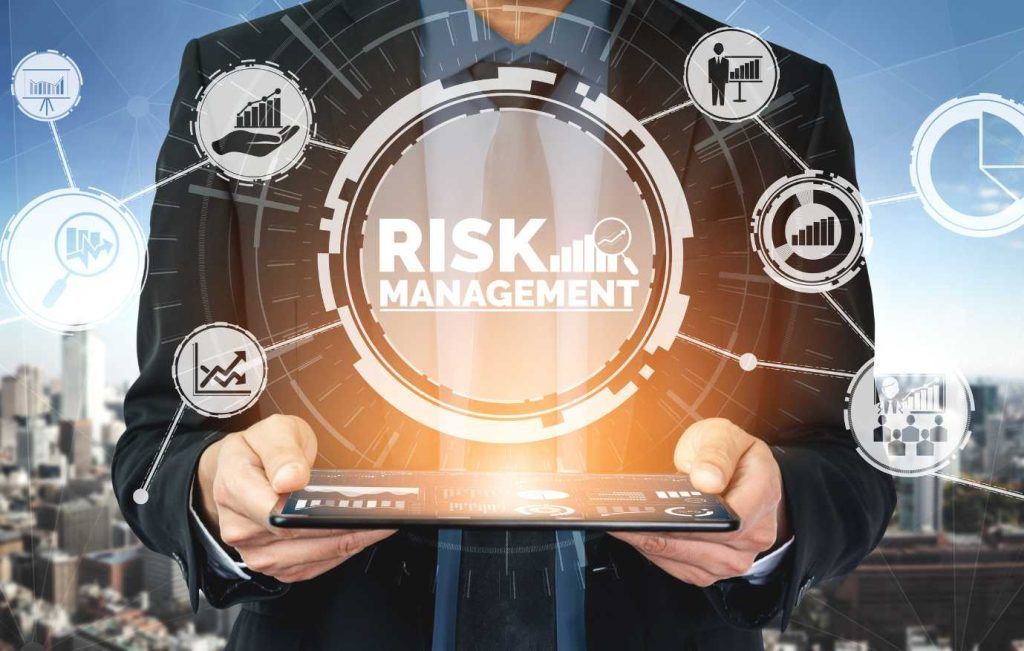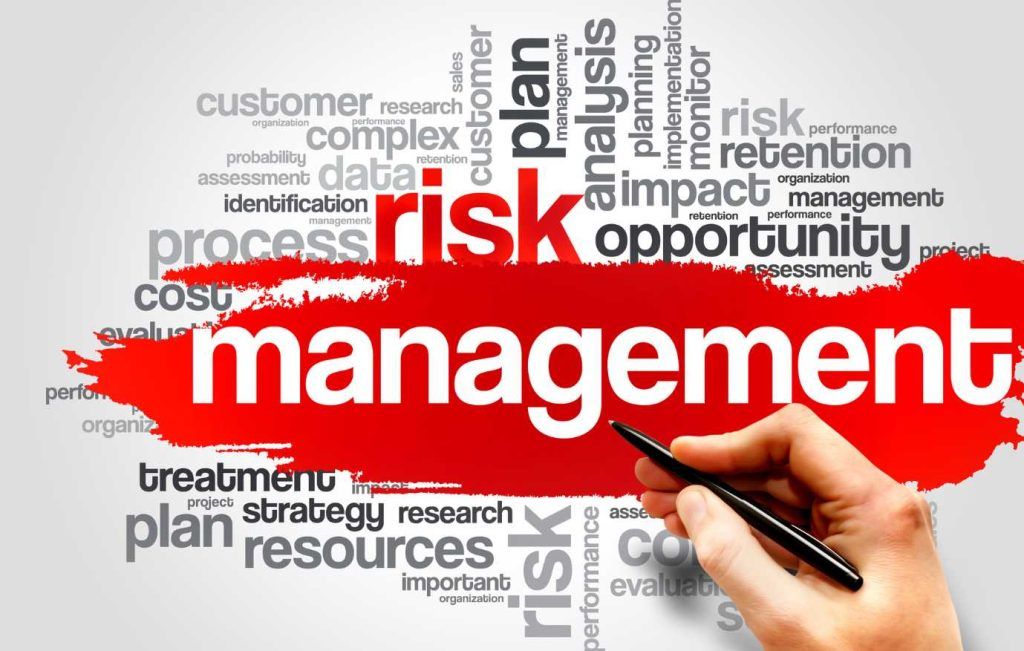_x000D_
_x000D__x000D_
_x000D__x000D_
_x000D__x000D_
_x000D__x000D_
_x000D__x000D_
_x000D__x000D_
_x000D__x000D_
_x000D__x000D_
_x000D__x000D_
_x000D__x000D_
_x000D_
Managing risks is a fundamental aspect of any organization's strategic planning. Understanding the impact and likelihood of various risks can make the difference between navigating challenges successfully or facing unexpected setbacks. This article will guide you through the essential components of risk impact and likelihood assessment, helping you implement effective risk management strategies
in your organization._x000D_
_x000D_
Risk management might sound daunting, but it's an essential practice for any organization looking to safeguard its assets and operations. By assessing the impact and likelihood of potential risks, you can prioritize your efforts and mitigate the most critical threats. In this guide, we'll break down the process of risk impact and likelihood assessment, making it accessible and actionable for you and your team._x000D_
_x000D_ _x000D_
_x000D_  _x000D_
_x000D_
_x000D_
_x000D_ _x000D_
_x000D_ What is Risk Impact and Likelihood Assessment?
_x000D_ Risk impact and likelihood assessment is a systematic approach to identifying and evaluating potential risks that could affect your organization. This process involves two key components:_x000D_- _x000D_
- Risk Impact : Evaluating the consequences or effects of a risk event. How severe would the impact be if the risk materialized? _x000D_
- Risk Likelihood : Estimating the probability or frequency of the risk occurring. How likely is it that this risk will happen? _x000D_
The Importance of Risk Assessment
_x000D_ Effective risk assessment allows organizations to:_x000D_- _x000D_
- Identify Potential Threats : Recognize risks before they become issues. _x000D_
- Prioritize Risks : Focus on the most significant risks that could impact the organization. _x000D_
- Allocate Resources : Use resources efficiently to manage and mitigate risks. _x000D_
- Improve Decision Making : Make informed decisions based on a clear understanding of potential risks. _x000D_
 _x000D_
_x000D_ Steps in Risk Impact and Likelihood Assessment
_x000D_1. Identify Risks
_x000D_ The first step is to identify potential risks that could affect your organization. This involves gathering input from various stakeholders, reviewing historical data, and considering external factors such as market trends and regulatory changes._x000D_2. Evaluate Risk Impact
_x000D_ Once risks are identified, evaluate the potential impact of each risk. Consider the following factors:_x000D_- _x000D_
- Financial Impact : Potential loss of revenue or increased costs. _x000D_
- Operational Impact : Disruption to business processes and operations. _x000D_
- Reputational Impact : Damage to the organization's reputation and brand. _x000D_
- Compliance Impact : Legal and regulatory implications. _x000D_
3. Assess Risk Likelihood
_x000D_ Next, assess the likelihood of each risk occurring. This can be based on historical data, industry benchmarks, and expert judgment. Use a scale (e.g., low, medium, high) to rate the probability of each risk._x000D_4. Prioritize Risks
_x000D_ Combine the impact and likelihood assessments to prioritize risks. Create a risk matrix to visualize and categorize risks based on their significance. Focus on high-impact, high-likelihood risks first, followed by those with lower impact or likelihood._x000D_5. Develop Mitigation Strategies
_x000D_ For each prioritized risk, develop strategies to mitigate or manage the risk. This may include:_x000D_- _x000D_
- Avoidance : Eliminating the risk by changing plans or processes. _x000D_
- Reduction : Implementing measures to reduce the impact or likelihood of the risk. _x000D_
- Transfer : Shifting the risk to a third party (e.g., through insurance). _x000D_
- Acceptance : Acknowledging the risk and preparing to manage its impact if it occurs. _x000D_











